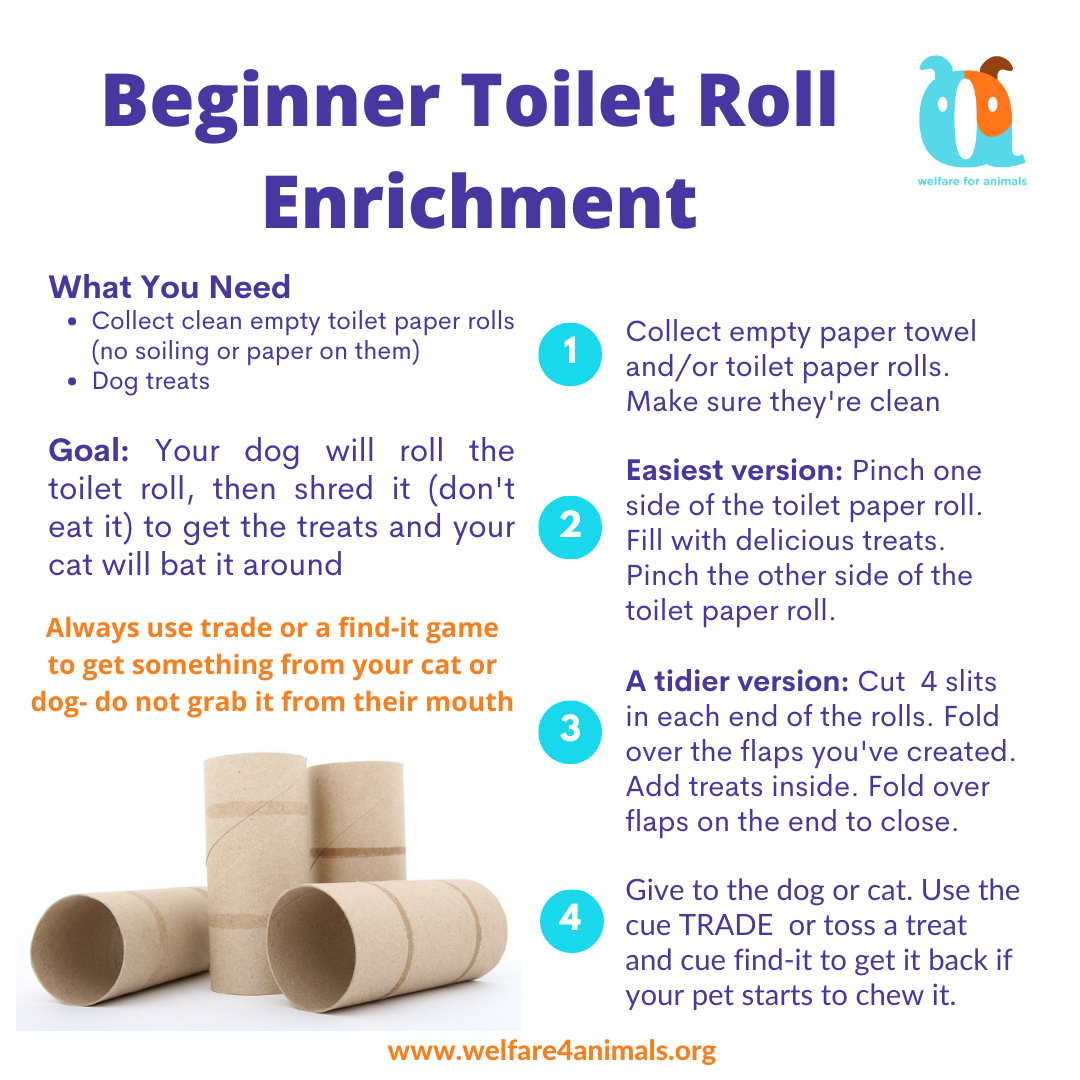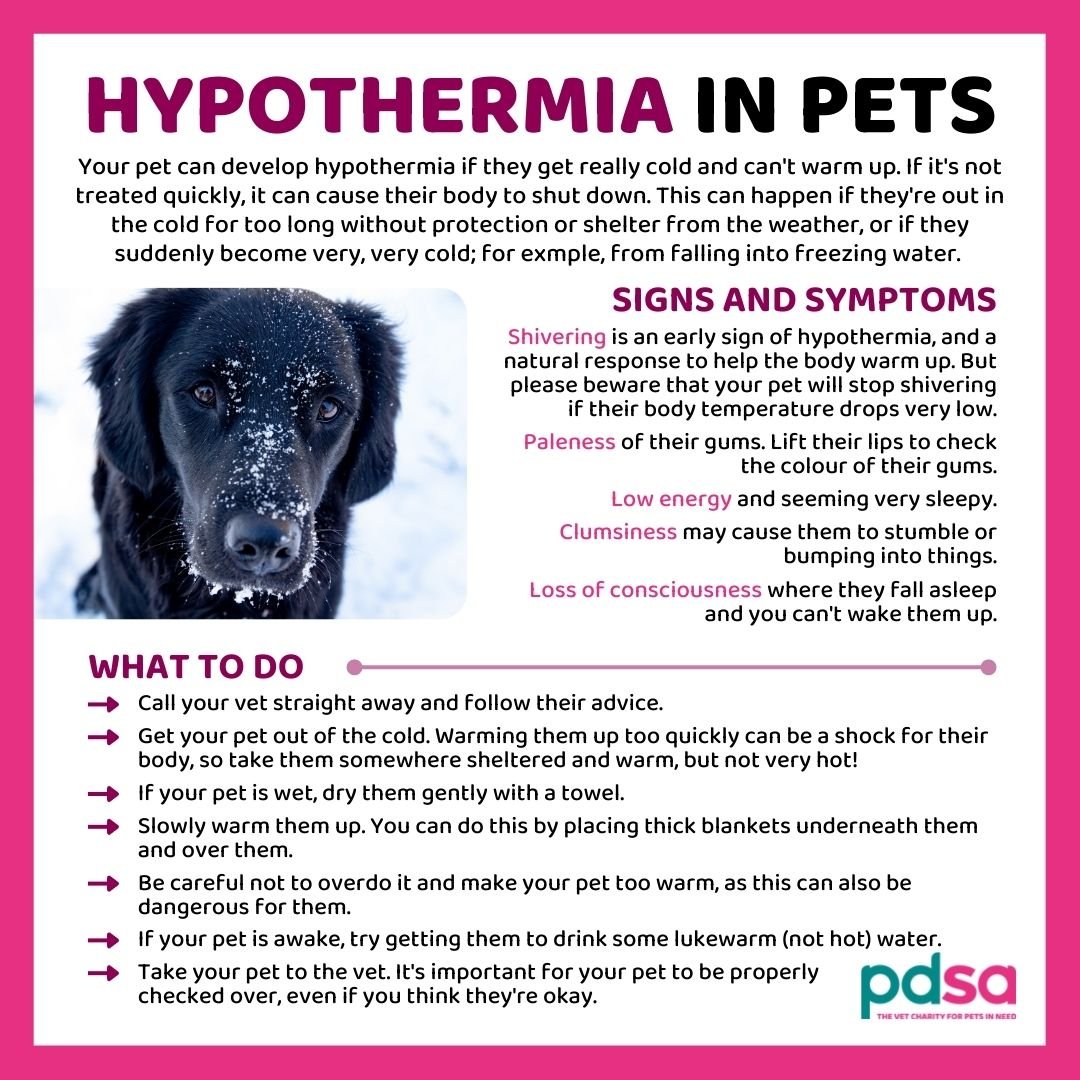It’s cold out there! Winter Safety for Your Pets
If it is too cold for you to go outside, then it is too cold for your dog or cat.
Like us, dogs and cats are susceptible to frostbite, and if left exposed in the cold for extended periods, could be fatal. Depending on your pet, their tolerance level for cold weather varies.
You need to shorten dog walks in cold weather for:
Puppies
Dogs with short hair or short legs
Dogs with arthritis
Dogs with medical conditions like heart conditions or kidney disease where their bodies might find it hard to regulate their body temperature.
Senior dogs
Also, you need to protect yourself if you are going for dog walks or outside in cold weather! Only go outside for short periods and be mindful if you are worried that you might slip or fall on the ice, if you don’t have adequate winter weather clothing or have a medical condition that might flare from being outside in the extreme cold.
To help you keep your pet safe during cold weather, we compiled the 10 Do’s and Don’ts of Winter Pet Safety below.
10 Do’s and 10 Don’ts of Winter Pet Safety
Do’s!
Keep your cats indoors until the weather is safer
Only take your puppies, short-haired dogs and short-legged dogs outside for short periods of time
If you have stray cats in your area, knock the hood, tires or use your horn before you turn your engine to prevent any injuries or death of a cat trying to keep warm in your car engine
Make sure your pet has a thick and warm bed or blanket away from drafts or off the floor.
Use enrichment to help your pets with mental and physical stimulation if they are not used to spending time indoors (more information below!)
Be prepared! Prepare an emergency kit for potential cold weather disasters such as blizzards, power outages or water pipes burst. Make sure you have everyone you need for yourself and your pet such as enough food, water, medicine, warm blankets, and towels
Watch out for ice on your walks! If needed, walk on snow to be safe for you and your dog. If your dog slips on ice, it might cause them pain or injury, especially if they are older or have arthritis- and the same goes for you!
Stay home- limit car travel except for what is necessary for you and your pet, as if your pet is older, younger, sick or underweight, they are susceptible to the cold
Always put a winter coat on your dog before a walk and rub paw protectants onto your dog’s paw pads before a walk if they don’t like booties to protect their paws. If your dog doesn’t like wearing coats contact us here for a consult.
Wipe down your dog’s paws, legs and belly with a damp towel after dog walks. The salt, antifreeze, brake fluids or other chemicals used to melt snow and ice on the roads, can burn your pet’s paws and be deadly if ingested.
Do Not’s!
Do not leave your pet outside unsupervised for extended periods
Do not shave your dog! They need their fur to provide them with insulated warmth
Do not bath your dog and then take them outside- make sure they are fully dry before going outside
Do not leave your dog or cat alone in the car while you run errands or for any reason- they are susceptible to the cold and can easily develop hypothermia (especially if your pet is old, sick or young) or freeze to death. Instead, leave them at home or under the watchful eye of family or friends.
Do not let your dog or cat lick spills around cars- they could be antifreeze or brake fluids which can be fatal for your pet
Do not walk on icy areas such as lakes, rivers, frozen ponds, or other water sources as you and/or your dog could break through the ice, which could be deadly and put both of your lives at risk!
Do not walk your dog off-leash! There are too many unseen hazards in extreme weather that can put your dog at risk.
If you have an outdoor shelter for cats and dogs, do not use heat lamps or space heaters due to the risk of fire. Also, avoid heated pet mats due to risk of burns.
Do not let your pet’s daily water freeze! Make sure you provide them with fresh, non-frozen water! If you think the water will freeze, use ceramic bowls instead of metal ones, change the water frequently and keep it in a warmer spot, like in a corner. There are also heated/insular bowls that prevent water from freezing!
Don’t forget to put on your pet’s collar with up-to-date information when going outside. Wind, snow, ice and storms can hide familiar scents, making it hard for your pet to find their way back to yours if they get lost.
Need some enrichment ideas?
Keeping a pet mentally and physically stimulated when they are not getting their usual walks isn’t easy. Below are several enrichment ideas that you can use for your dog and cat while you hibernate during cold weather.
Ping pong balls are loads of fun for your kitty! (Don’t give these to your dog- use KONG or other balls for dogs from the store as smaller sized toys can be a choking hazard for dogs.
If your dog won’t eat the towel, this is a great scent work game to help them build confidence. You can also use it with cats, with a lot of encouragement.
This is a great way to upcycle and create DIY pet toys that your dog and cat will love.
What are the signs of hypothermia in your pet?
Whining or crying
Shivering
Increased breathing rates
Suddenly hypervigilant/anxious with their known surroundings
Slows down or just stops walking
Suddenly weaker
Looks for places to burrow
If you do have an outdoor dog or cat, you are required by law to provide them with adequate shelter from the cold. You can check out our FREE resource on how to build a cat community shelter here. No pet should be left outside in extreme weather conditions.
If you see a dog on a chain or a dog or cat freezing in the cold, call your humane society, SPCA, or city animal shelter/control immediately. Do not hesitate!





